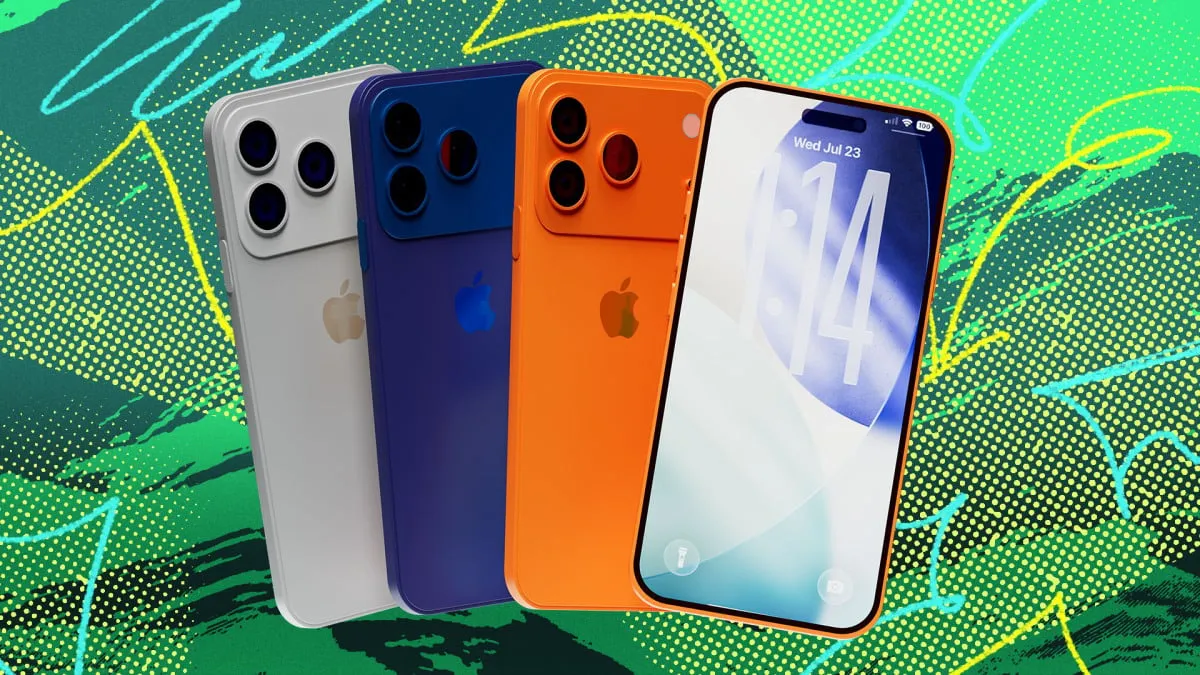
The iPhone 17 is set to launch in just a few weeks, and throughout the summer, a flurry of rumors has captured the attention of tech enthusiasts. Alongside the anticipated models like the iPhone 17 and iPhone 17 Pro, Apple may also unveil a sleeker version, potentially named the iPhone 17 Air, along with new FineWoven accessories. As we dive into the rumored features of the iPhone 17, it’s essential to consider how many of these innovations are truly novel or have already been adopted by Android phones.
The ongoing rivalry between iOS and Android has been apparent for over a decade, with Android frequently introducing features ahead of Apple's offerings. For instance, when the iPhone 6 debuted with NFC technology, it was already a standard feature in Android devices, starting with the Samsung Nexus S. With this backdrop, let’s explore the rumored features of the iPhone 17 and their precedents in the Android ecosystem.
One of the most exciting rumors for this year is the introduction of a thinner model, possibly called the iPhone 17 Air. If these rumors hold true, this new model will be the slimmest iPhone ever fabricated. Leaked images suggest a design that mirrors the thickness of its buttons, moving away from the trend of thicker devices to accommodate larger batteries. However, this isn’t groundbreaking; the Samsung Galaxy S25 Edge released earlier this year, showcasing a similar ultra-thin design.
Another significant design alteration is a wider camera bump that may span the back of the phone. This change could signal a return to an aluminum frame, departing from the titanium frame borrowed from other manufacturers. Interestingly, the design concept of a wide camera bump is already present in the Google Pixel 9, which also features a prominent camera setup. Although the Pixel’s design is more rounded, the idea of a large camera bump is not unique to Apple.
Speculations suggest that the iPhone 17 may finally incorporate vapor chamber cooling, enhancing the device's thermal management capabilities. This technology relies on the physics of liquids changing phases to effectively dissipate heat. While this innovation sounds promising, it’s worth noting that Android devices have been utilizing vapor chamber cooling for nearly a decade, with the Razer Phone 2 pioneering this feature back in 2018.
For the first time, the entire iPhone 17 lineup, including the iPhone 17 Air, may feature a 120 Hz refresh rate display. This marks a significant shift from previous years where only the Pro models had access to this technology. However, Android manufacturers have been integrating high refresh rate displays into their devices since the Galaxy S20 series in 2020, long before Apple made this leap.
Apple is reportedly upgrading the iPhone 17 to include 12GB of RAM, a notable increase from the 8GB found in the iPhone 16. This enhancement is likely aimed at supporting the demands of Apple’s advanced AI features. However, Android devices have offered 12GB of RAM or more for several years, with models like the Samsung Galaxy S21 Ultra and the Google Pixel 9 leading the way.
Rumors indicate that the iPhone 17 Pro Max may feature a battery capacity of up to 5,000 mAh, a first for Apple. While this is an exciting development, Android competitors have been offering similar battery capacities for years, with devices like the Samsung Galaxy S20 Ultra paving the way in 2020.
Apple is set to introduce a refreshed design with the upcoming iOS 26. Despite this significant update, it’s worth mentioning that Android has seen several major design overhauls over the past decade, providing users with a more dynamic visual experience. While subjective, many Android users have enjoyed the innovative design elements introduced in recent years, contrasting with Apple’s more measured approach to design changes.
The fact that Android has frequently led the charge in adopting new features does not diminish the potential of the iPhone 17. Apple’s knack for optimization ensures that the iPhone 17 will likely stand out as one of the top smartphones of the year. While Android phones may have set the stage for many of these features, Apple’s implementation will undoubtedly appeal to its loyal customer base. For those seeking cutting-edge technology like larger batteries, expanded RAM, or devices with refresh rates exceeding 120 Hz, it may still be worth exploring the latest offerings from Android manufacturers.